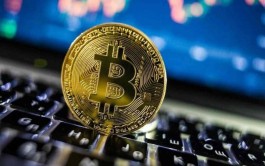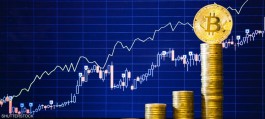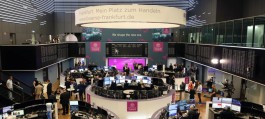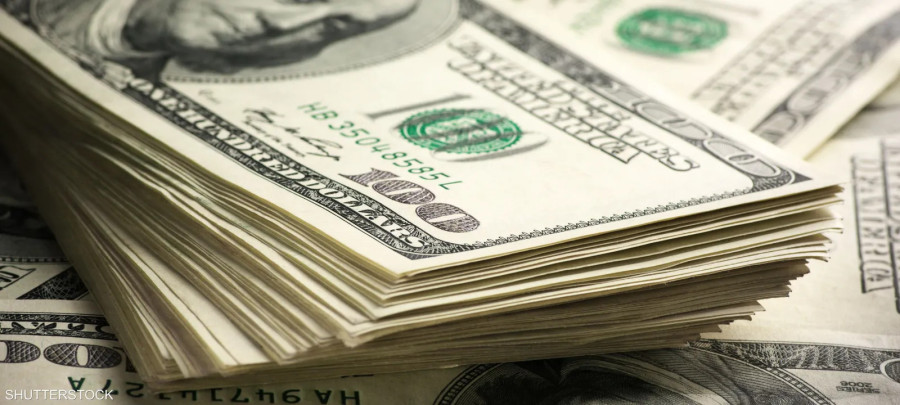The US dollar fell to its lowest level in more than two months in early European trading on Monday, adding to steep losses suffered last week on growing expectations that the Federal Reserve has completed its interest rate hike cycle.
At 13:26 Riyadh time, the dollar index, which tracks the US currency against a basket of six other currencies, fell 0.3% to 103.459, just above its lowest level since late August, extending its decline of almost 2% from last week. Its lowest weekly decline since July.
The dollar fell
The dollar has been on the decline for most of last week, after a series of labor market and inflation readings saw traders price in a greater chance that the Federal Reserve is done raising interest rates, and that the central bank could start cutting interest rates by March next year. .
The dollar's decline has been broad-based, meaning even the unpopular Japanese yen has found a few friends, analysts at ING said in a note.
The focus now is largely on minutes from the Fed's late October meeting for further signals on monetary policy, scheduled for release on Tuesday.
ING analysts added: This was the meeting at which the Fed maintained its hawkish bias but included an acknowledgment that tighter financial conditions were driving some Fed action. The market also seems to be in a mood to look for some dovish headlines here, and this could prove the risk of a negative event for the dollar.
The euro rose despite a decline in the German producer price index
In Europe, the EUR/USD pair rose 0.2% to 1.0926, benefiting from dollar weakness even after the German producer price index fell 11.0% year-on-year in October, supported by higher interest rates. 27.9% annual decline in energy prices.
This came after consumer prices in the euro zone were confirmed at 2.9% year-on-year last week, down from 4.3% the previous month.
However, a number of ECB policymakers were keen to stress the need to keep interest rates at relatively high levels as inflation continues to rise.
German Central Bank President Joachim Nagel said in a speech on Friday that it would not be wise to start cutting interest rates too early. We should also not ease policy until we are absolutely sure of a return to price stability on a permanent basis.
The GBP/USD pair also rose 0.3% to 1.2492, near a two-month peak, with Bank of England Governor Andrew Bailey scheduled to speak later in the session.
UK CPI falls
UK CPI (annual)
Latest version: November 15, 2023 Current: 4.6% Estimate: 4.8% Previous: 6.7% to 4.6% y/y in October, from 6.7% in September, the largest month-to-month decline in the annual CPI rate since April 1992 .
However, the UK's inflation rate remains among the highest in the developed world, and the Bank of England has sought to stress that it is not close to cutting interest rates.
The yuan and yen benefit from a weak dollar
In Asia, {{2111|CNY/USD}} fell by 0.6% to 7.1712, with the yuan rising to its strongest level against the dollar since early August.
The People's Bank of China kept its benchmark interest rate and key loan rate near record lows on Monday, while also pumping about 80 billion yuan of liquidity into the economy.
Separately, Chinese officials pledged more political support for the country's beleaguered real estate sector — a move that helped boost confidence in one of China's largest industries.
The Japanese yen/dollar pair also traded 0.8% lower at 148.41, consolidating below the 150 level against the dollar for the first time in nearly three weeks, as traders became less fearful of further US interest rate hikes.




































